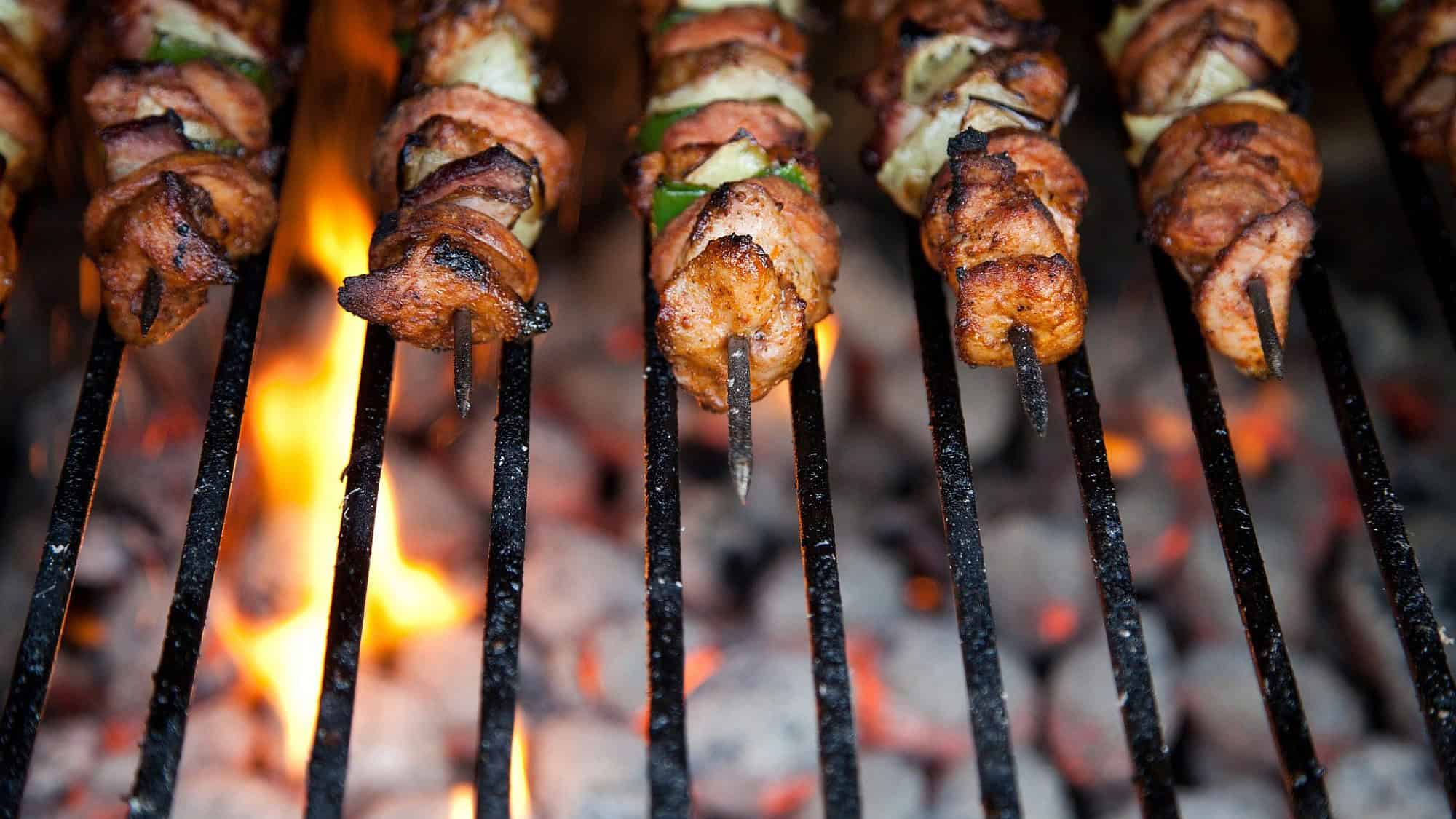Lag B’Omer, which this year begins at sundown on Saturday, May 25 and ends at nightfall on Sunday, May 26, is the day between Passover and Shavuot. According to the Talmud, a plague that had spread among the students of Rabbi Akiva ceased on Lag B’Omer, the 33rd day of the Omer—the seven weeks between Passover and Shavuot. On that day, traditional goes, weddings are permitted, music can be listened to, and haircuts are allowed. It makes for a flurry of activity!
For me, it’s extra special; I was married on that day, and my wedding anniversaries were always celebrated with a backyard family picnic. In Israel, it’s bonfires and barbecues. Since many Israelis live in high-rise apartments in cities and towns across the country, families and friends go to local parks schlepping grills and all the fixings for a festive meal. In Tel Aviv, smoke from hundreds of grills wafts over Hayarkon Park. It’s a carefree time, even during these dark days with Israel embroiled in war on multiple fronts.
But it wasn’t always bonfires and barbecues. When my friend Alisa was growing up in Jaffa, she remembers: “We just went to the beach, dug a hole in the sand and dropped in little potatoes. Then we covered the potatoes with hot embers, roasted them till they were brown and crisp, and ate them with brown eggs.”
I’d never tasted brown eggs until I visited Kibbutz Hagoshrim, south of the Lebanese border. The Turkish cook called the Sephardic-style brown eggs charinadu, explaining that “oil keeps the water from evaporating during the long simmering process.” The result is that it makes them delicious, smooth and creamy. My friend Shani, who came to the United States from Iran in the early 1980s, recalls celebrating at a wealthy uncle’s home—a feast with platters piled high with cardamom meatballs smothered in tahini sauce, jeweled rice and dishes made with carob. Carob sustained Rabbi Shimon bar Yochai and his son, Rabbi Elazar, when for 13 years they hid in a cave from their oppressors, so it’s customary to eat carob dishes at Lag B’Omer.
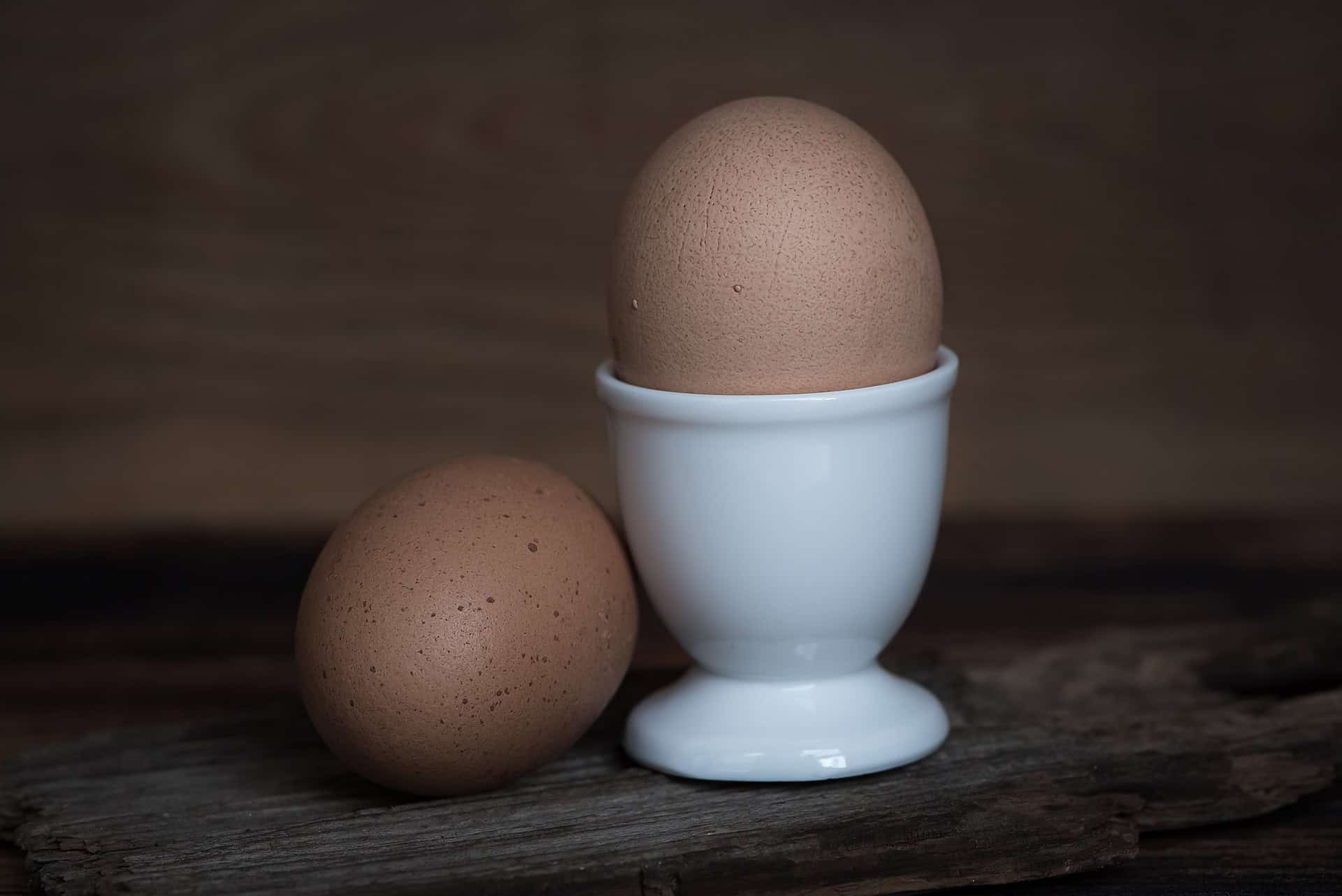
Growing up on the Shetland Islands, carob was unavailable. Instead, we used chocolate for a recipe dubbed Chocolate Crispies. My brothers and I would melt the chocolate in a pan with a bit of butter and honey, stir in cornflakes and maybe throw in a handful of dried currants. Then the mixture was spooned into heaps like haystacks and cooled on the window sill for a special holiday treat. No baking needed. The recipe below includes powdered carob along with dark chocolate. Powdered carob and carob chips are available in organic markets and stores like Whole Foods and Moms Organic. The recipe for veggie cheddar pasties is a variation of the portable Cornish meat pasties that workers would pack for lunch in the mines. These days, they are still easy to eat out of hand … while keeping the other one available for grilling.
Enjoy the day!
Brown Boiled Eggs (Pareve)
Makes 12
Cook’s Tips:
*Substitute 1 tablespoon of instant coffee granules dissolved in 1 cup of water to make 1 cup of cold strong coffee.
Ingredients:
12 eggs
1 cup cold strong coffee (see Cook’s Tips above)
2 black tea bags
brown skins of 2 large onions
½ cup vegetable oil
Directions:
Place eggs in a large heavy saucepan with 3 to 4 inches of water to cover.
Add the coffee, tea bags, onion skins and oil. Stir gently and bring to a simmer.
Cover and reduce heat to the lowest setting. The liquid should never be more than barely simmering.
Cook for 6 hours, adding more hot water as needed.
Remove from liquid. Refrigerate until ready to serve in the shell.
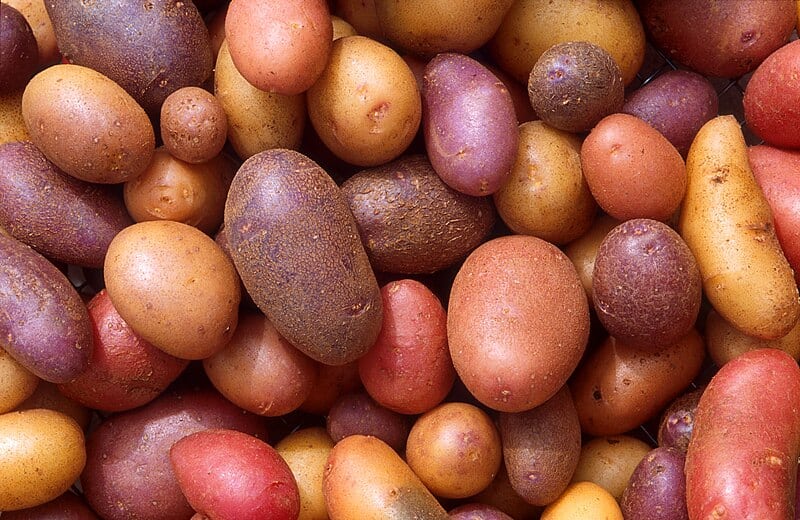
Oven-Roasted Baby Potatoes (Pareve)
Serves 6
Cook’s Tips:
*Cut larger potatoes into 1-inch chunks. Can use fingerling potatoes.
Ingredients:
1½ pounds baby potatoes, halved
¼ cup vegetable oil
kosher salt, freshly ground pepper, garlic powder, dried parsley to sprinkle
Directions:
Preheat oven to 400 degrees.
Cover a sheet pan with foil. Pour oil over and spread evenly. Sprinkle with salt, freshly ground pepper, garlic powder and parsley (may add other seasonings of choice).
Place potatoes, cut side down, in pan in one layer. Spray with nonstick baking spray. Sprinkle with more salt and pepper.
Bake in preheated oven for 35 to 40 minutes, or until tender when pierced with a sharp knife. Peel potatoes off the foil and serve.
Note: To make ahead of time, refrigerate cooked potatoes. Remove to room temperature an hour before needed. Then zap in the microwave for 3 to 4 minutes at high.
Air-Fryer Method: Toss potatoes in 2 tablespoons of vegetable oil. Sprinkle with salt, pepper and garlic powder. Set to air fry at 400 degrees. Arrange potatoes in the pan, cut side down, at rack position. Spray lightly with nonstick baking spray. Cook for 15 minutes. If needed, cook 5 minutes longer or until tender when pierced with a sharp knife.
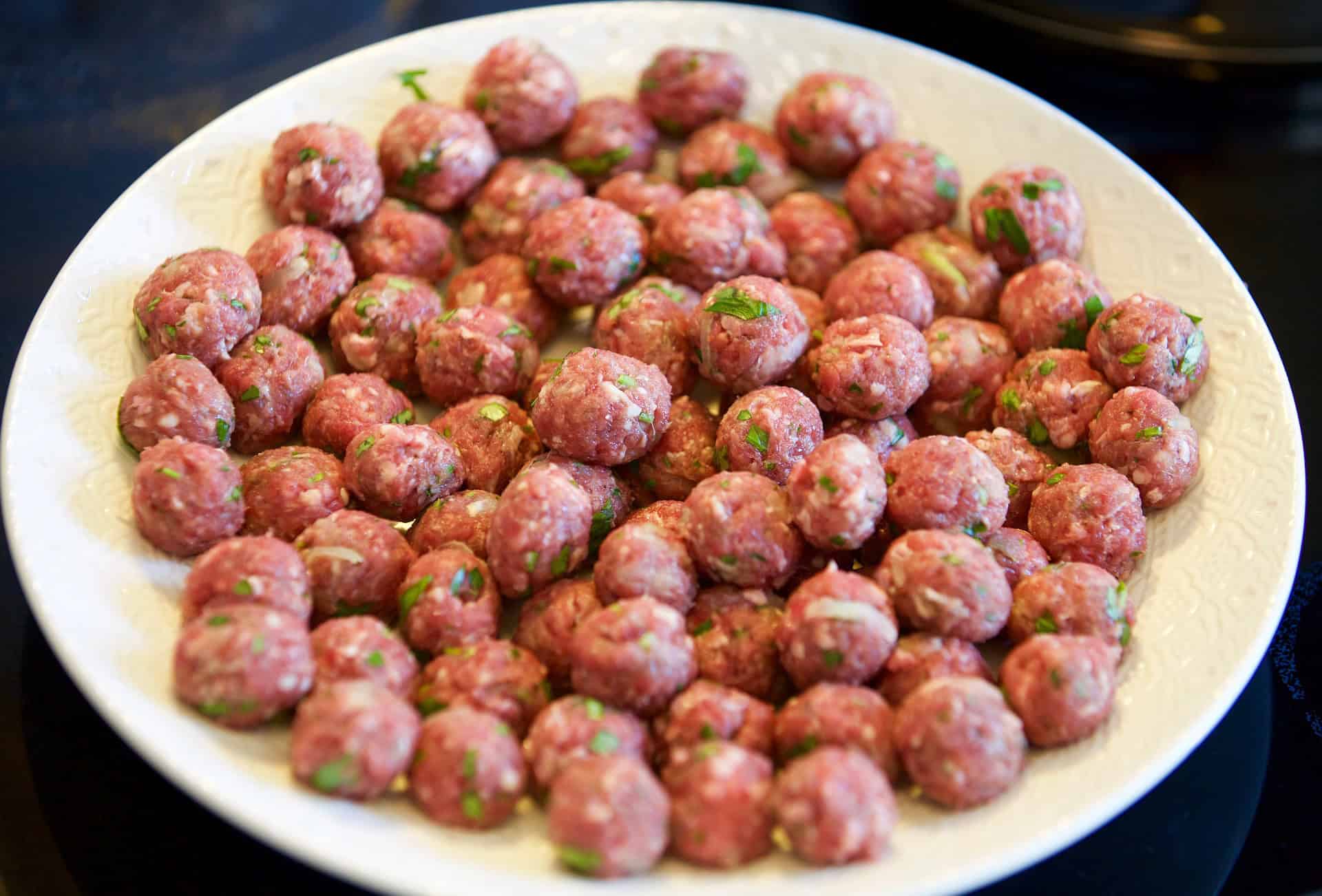
Cardamom Meatballs (Meat)
Serves 4-6
Cook’s Tips:
*May use beef, turkey or a mixture of both.
*Meatballs may be prepared ahead of time. Cover with plastic wrap, refrigerate and cook the next day.
*Wrap in lettuce leaves to eat in hand or stuff into pita bread with Israeli salad and tahini sauce spooned over top.
*Invest in a meat thermometer. It’s essential to check doneness in all meats.
Ingredients:
1 small onion, cut into rough pieces
2-inch piece fresh ginger, peeled and sliced
¼ lemon, sliced and cut into quarters
3 tablespoons finely snipped mint leaves
1 pound ground lamb
1 large egg, lightly beaten
½ cup breadcrumbs
½ teaspoon salt
½ teaspoon freshly ground pepper
1 teaspoon cinnamon
1½ teaspoons ground cardamom
vegetable oil for frying
Directions:
In the food processor, place the onion, ginger and lemon. Pulse to chop finely. Transfer to a bowl.
Add the mint, lamb, egg, breadcrumbs, salt, pepper, cinnamon and cardamom. Mix well. Chill for 50 to 60 minutes. Shape into 16 to 20 balls.
Preheat oven to 350 degrees. Spray a baking sheet with nonstick baking spray. Set aside.
Cover the bottom of a heavy saucepan with about one-third cup of oil. Heat over medium-high heat. Add the meatballs and brown on all sides.
Transfer to prepared baking sheet. Bake for 15 minutes until cooked through. (Ground lamb should be cooked to 155 degrees to 160 degrees.)
Serve with tahini sauce drizzled over top.
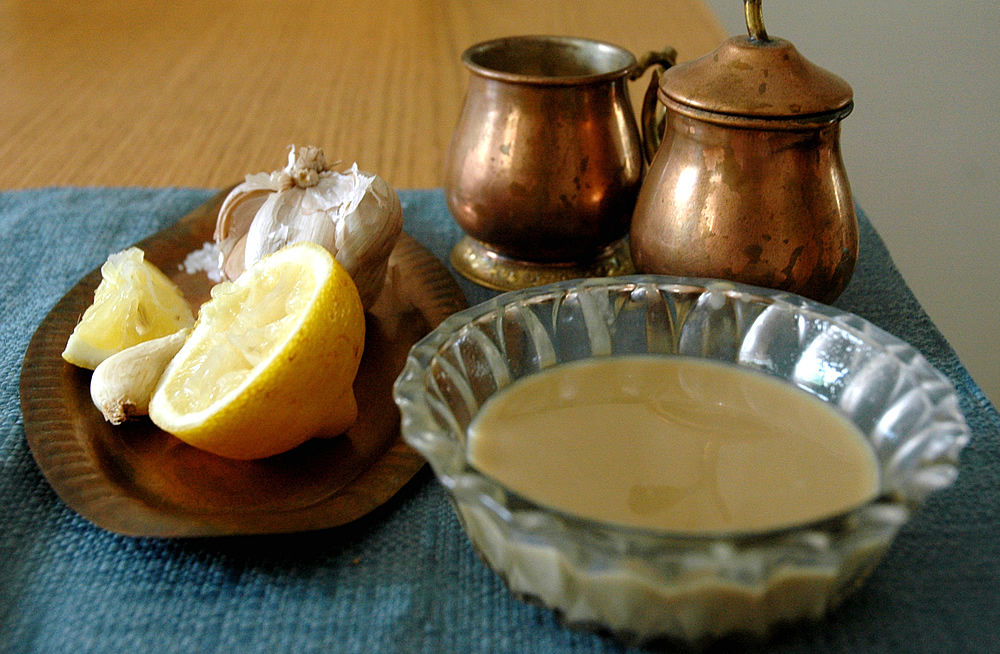
Tahini Sauce (Pareve)
Makes a scant ½ cup
Cook’s Tips:
*Stir tahini well to make a smooth mixture.
*Tahini is a paste of toasted ground hulled sesame seeds, olive oil and lemon juice.
Ingredients:
⅓ cup tahini
2 tablespoons lemon juice
pinch salt to taste
1 to 2 tablespoons cold water
Directions:
In a small bowl, mix the tahini and lemon juice.
Stir in salt to taste and enough water to make a sauce thin enough to drizzle over meatballs.
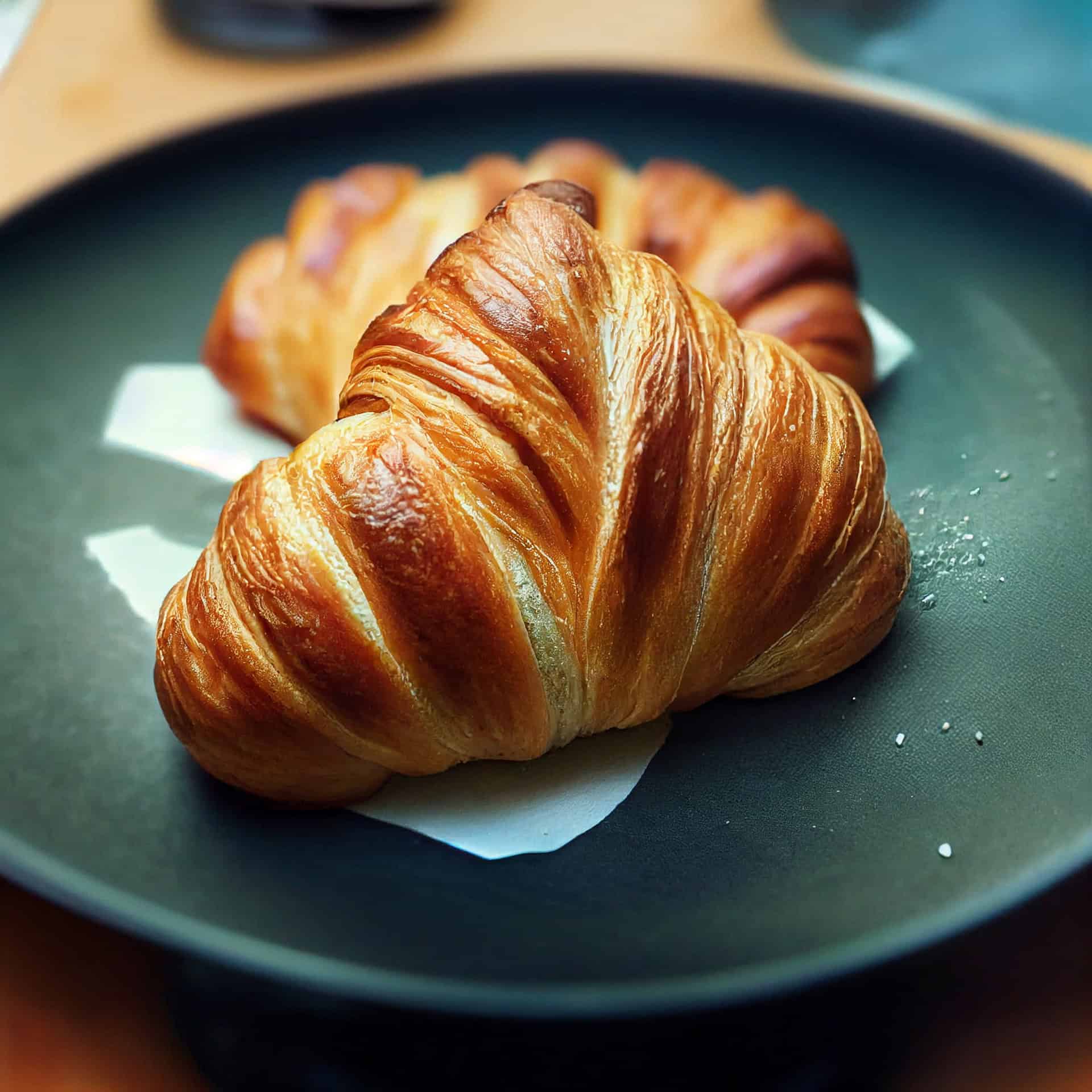
Easy Cheddar Veggie Pasties (Dairy)
Makes 8
Cook’s Tips:
*Use store-bought puff pastry.
*Buy grated sharp cheddar cheese.
*Substitute a mixture of favorite herbs and spices for 21 Seasoning (granulated garlic, granulated onion, fresh ground pepper, parsley, oregano).
*Don’t worry if pasties aren’t picture-perfect. Just make sure pastry edges are moistened to tightly seal the filling.
Ingredients:
1½ cups frozen peas and carrots, thawed and drained well
1 cup grated sharp cheddar cheese
1 teaspoon dried sage
2 teaspoons Trader Joe 21 seasoning or homemade mixture
2 sheets (17.3-ounce package) puff pastry, thawed
3 tablespoons Dijon mustard
1 egg beaten
Directions:
Preheat oven to 400 degrees.
Line a large-rimmed cookie sheet with foil. Spray with nonstick baking spray and set aside.
In a small bowl, toss together the peas and carrots, cheese, sage and 21 Seasoning. Set aside.
On a lightly floured board, roll out one sheet of pastry to approximately 10×10 inches.
Cut into 4 squares. Spread a thin layer of mustard over the center of each square.
Spoon 2 tablespoons vegetable mixture on top. Moisten opposite pastry edges with water. Fold over to cover vegetables and crimp to seal, pinching the ends. Place on prepared cookie sheet.
Brush with beaten egg. Repeat with the remaining sheet.
Bake in preheated oven for 20 minutes until risen and nicely brown.
Cool on a wire tray.
Serve warm or at room temperature.
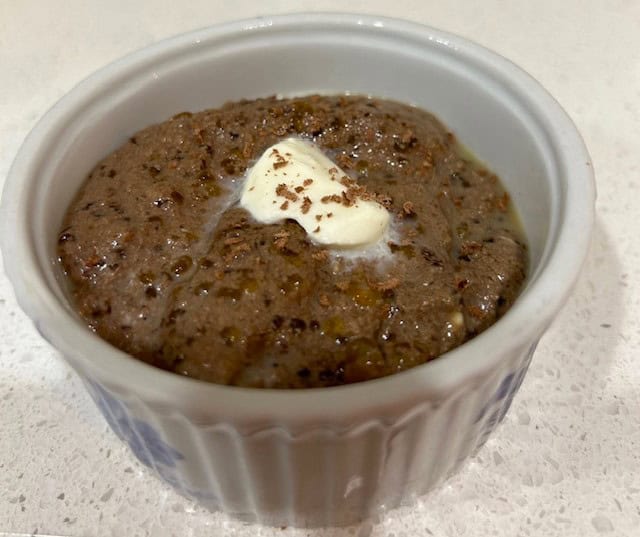
Carob Tapioca (Dairy)
Serves 4
Cook’s Tips:
*Tapioca is a starch extracted from the root of the cassava plant. Pearl tapioca is used mainly for puddings. Must use instant tapioca in this recipe.
Ingredients:
1½ cups 2% milk or whole milk
1 egg
1½ tablespoons instant tapioca
1 tablespoon powdered carob
1 tablespoon sugar or to taste
vanilla ice-cream (optional)
Directions:
In a medium nonstick saucepan, whisk the egg and milk to combine. Whisk in the tapioca, carob and 1 tablespoon sugar. Let stand for 5 minutes.
Cook over high heat, stirring often, until the mixture comes to a rolling boil. Cook for 2 minutes whisking constantly. Remove from heat. Add sugar to taste.
Pour into a bowl. Let stand for 30 minutes to cool and thicken.
Spoon into small glasses and top with a tiny scoop of cream or ice-cream (optional).
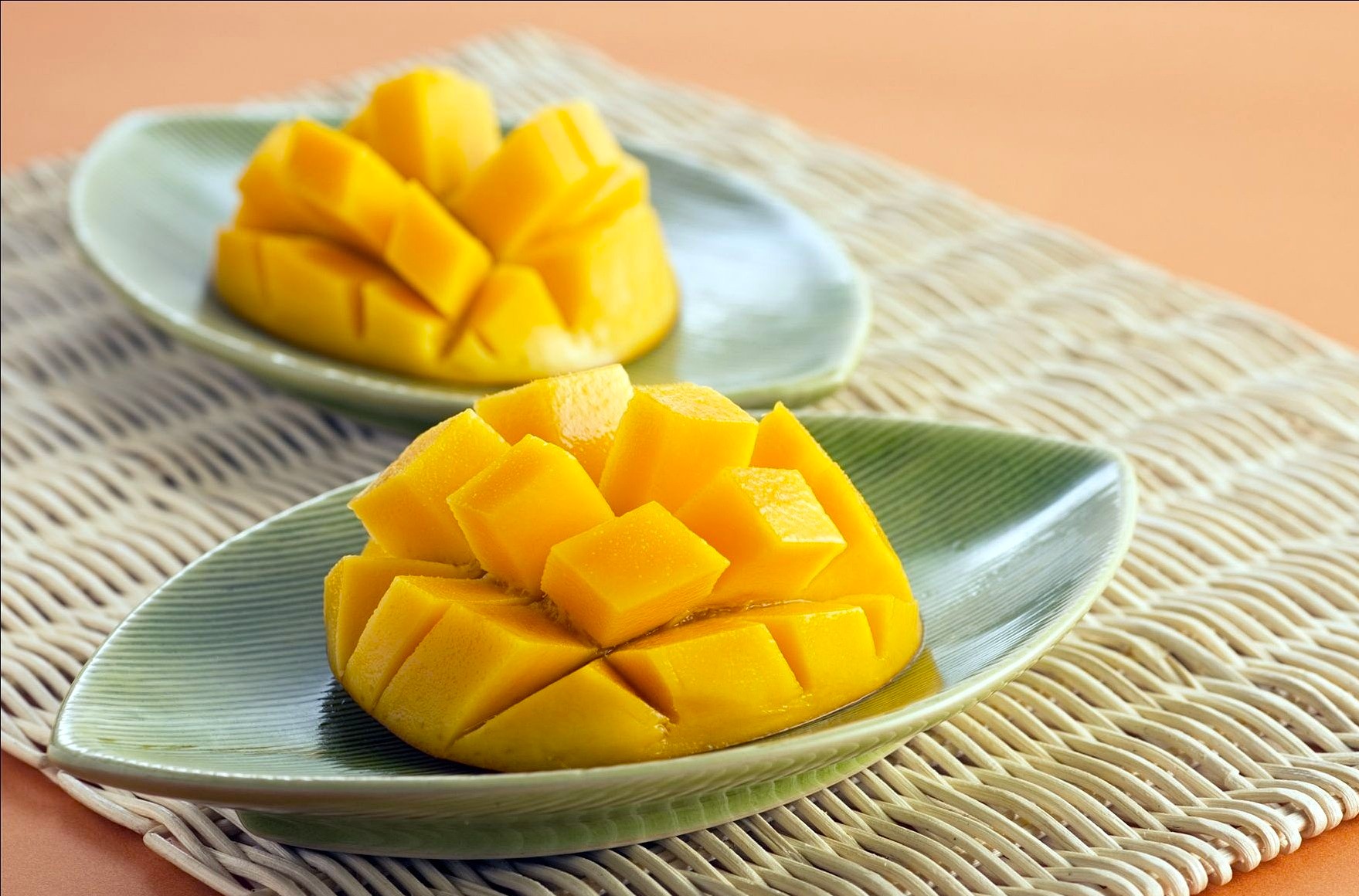
Mango Carob Smoothie (Dairy)
Serves 2 -3
Cook’s Tips:
*Use frozen cubed mango.
*Pour into a thermos flask to stay chilled.
Ingredients:
¾ cup orange juice
1 tablespoon powdered carob
3 cups frozen mango
1 ripe banana, cut into 6 to 8 pieces
1 cup vanilla yogurt
orange wedges to garnish (optional)
Directions:
Pour orange juice into a blender jar or food processor. Add the remaining ingredients.
Blend or process until smooth.
Pour into glasses and eat with a spoon.

No-Bake Carob Crispies (Dairy or Pareve)
Makes 12
Cook’s Tips:
*Substitute milk chocolate for dark.
*Use 1 cup of chocolate chips for chopped chocolate.
Ingredients:
6 ounces dark chocolate, chopped coarsely
1 tablespoon powdered carob
4 tablespoons butter or margarine
2 tablespoons honey
3 cups cornflakes
Directions:
Prepare a 12-cup muffin pan with paper cups. Set aside.
Place the chocolate, carob, butter or margarine, and honey in a microwave dish. Microcook at 30-second bursts until the chocolate is soft and just beginning to melt. Stir to make a smooth mixture.
Place the cornflakes in a very large bowl. Pour the warm chocolate mixture over top, stirring to mix well.
Spoon into paper cups in a muffin pan. Press down to make sure that the mixture is tightly packed.
Chill for 1 hour or until chocolate is hardened.
Ethel G. Hofman is a widely syndicated American Jewish food and travel columnist, author and culinary consultant.


























